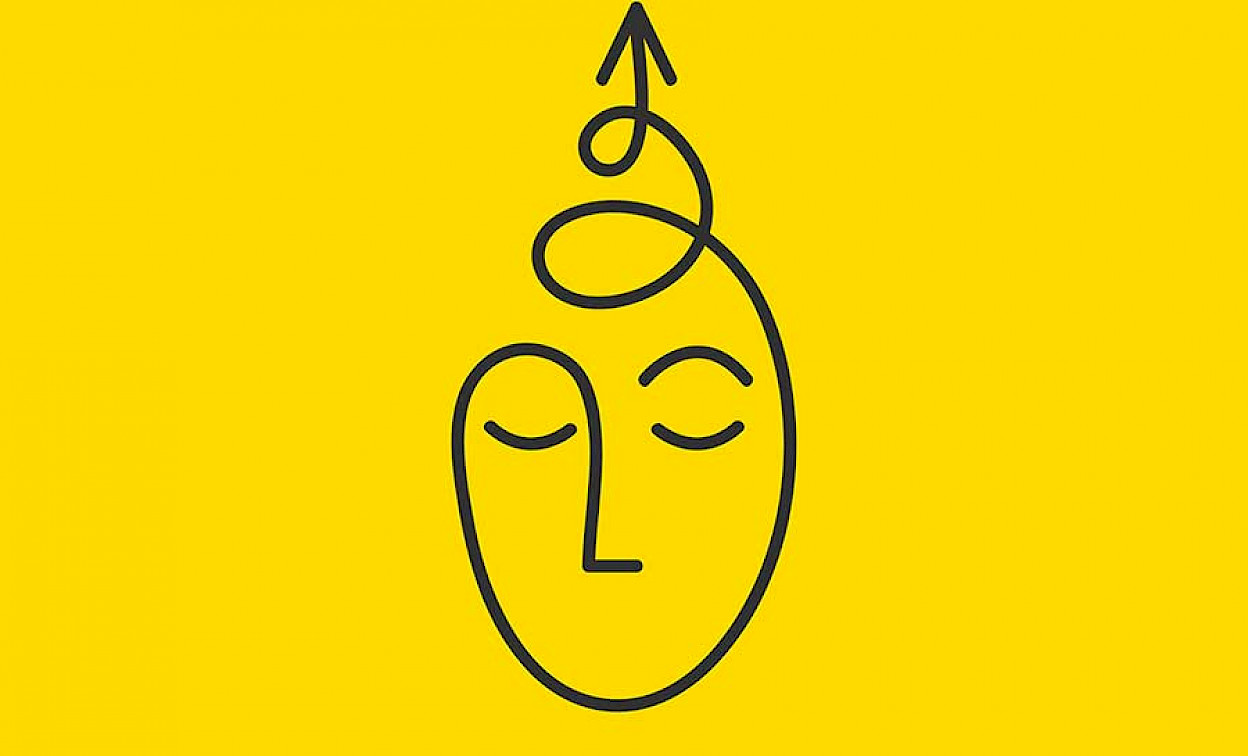People’s best ideas occur to them while they’re taking a walk—this idea can be traced at least as far back as Friedrich Nietzsche. A team of researchers at the Graduate School of Education at Stanford University in California conducted a four-part experimental study to find out if this is true and whether these positive effects are due to a stimulating environment or rather to the physical activity itself.
Initial experiments on the influence of physical activity
In the first three experiments, the test subjects were asked to find as many original applications as possible for a selected group of everyday objects, using the Guilford’s Alternate Uses (GAU) Test. By means of this test the researchers first investigated whether the results would be different if the subjects were sitting in a bare room or, alternatively, walking on a treadmill in the same environment during the test. In a subsequent experiment the subjects took a walk in the open air. The two walking situations were not directly compared. Nonetheless, the experimental setups already reveal initial indications of the positive effect of walking. Both the subjects walking on a treadmill and those who were walking outdoors found up to 60% more associations that made sense than the subjects who performed their tasks while sitting.


A comparative study
Finally, in the fourth part of the study the possible influencing factors were combined in an experiment so that the researchers could make a direct comparison between physical activity in an indoor setting (the treadmill) and outdoors (a walk in the park). They also wanted to find out whether being in a natural environment even without engaging in physical activity has a stimulating effect on creativity. To this end, the 40 subjects in this part of the experiment were divided into four groups. The participants in the first group once again performed their tasks while sitting in a bare room. The second group used a treadmill that had been set up in this room. The subjects in the third group were asked to sit in wheelchairs and were then wheeled through a park. The subjects in the fourth group walked through the park while performing their tasks. Barron’s Symbolic Equivalence (BSE) test was used for measuring the subjects’ creativity in this part of the experiment. The BSE test is based on the formation of analogies and thus makes it possible to draw conclusions about more complex forms of creativity than those assessed by the GAU test, which was used in the first three parts of the experiment.
Here as well, the analysis of the data showed that walking had a strong positive effect on the number and quality of the results, independently of whether the physical activity took place outdoors or in a room indoors. The subjects who were wheeled through the park in wheelchairs—and thus did not engage in physical activity themselves but were exposed to a variety of impressions due to a changing environment—produced more ideas than their fellow subjects who were sitting in a bare room. However, the number of ideas they produced and the ideas’ degree of novelty were much lower than the figures for the subjects who engaged in physical activity while completing their tasks.
Conclusions relevant to the design of offices and educational facilities
If we apply these results to the design of rooms for learning and working, they suggest that these facilities should always offer space for physical activity and changes of posture. In addition, people can begin certain stages of their work with a short (shared) walk. That’s because the study also showed that physical activity carried out before people start their work has effects that continue for some time. Because the study shows that a varying environment also helps to stimulate inspiration and a sense of well-being, both factors should be combined when designing rooms.
Information about the study
Source: Oppezzo, M.; Schwartz, D. L. Give Your Ideas Some Legs: The Positive Effect of Walking on Creative Thinking, published in the Journal of Experimental Psychology: Learning, Memory, and Cognition 214, Vol. 40, No. 4, 1142–1152
You can find further information about the study and a PDF file on the website of the American Psychological Association.
_____
Photography in this article: iStock by GettyImages, jacquesvandinteren und tomozina




